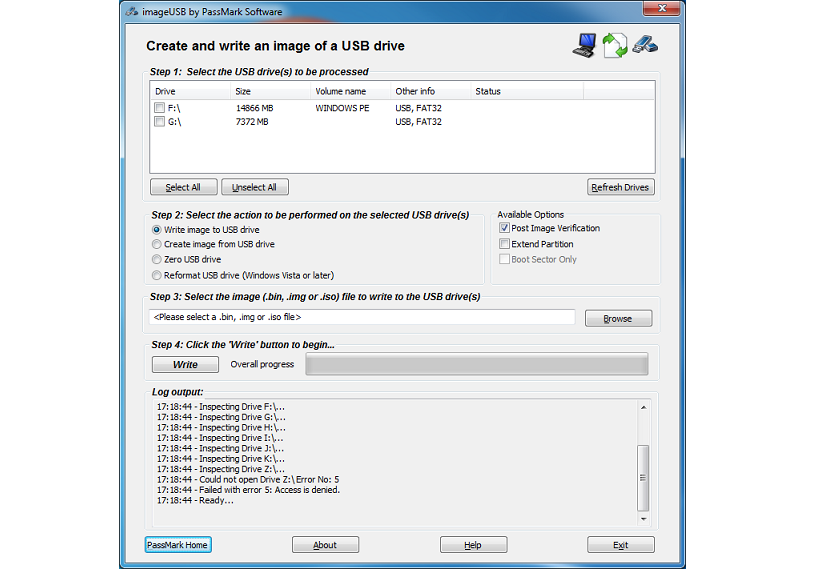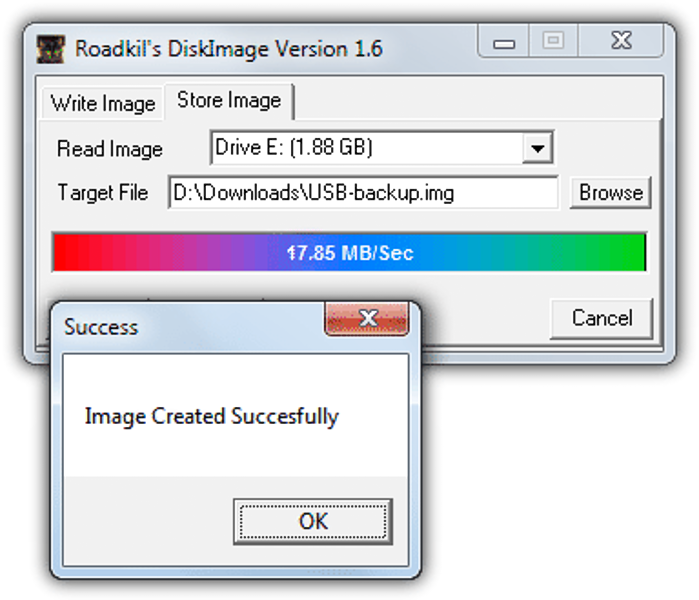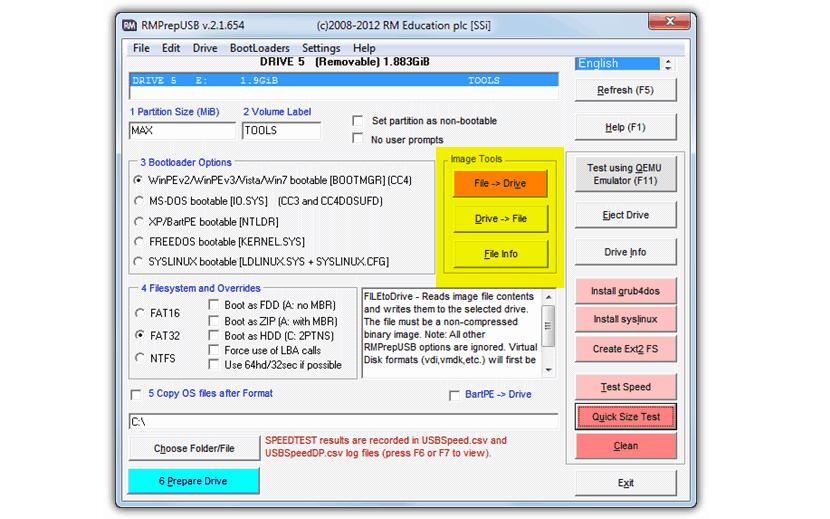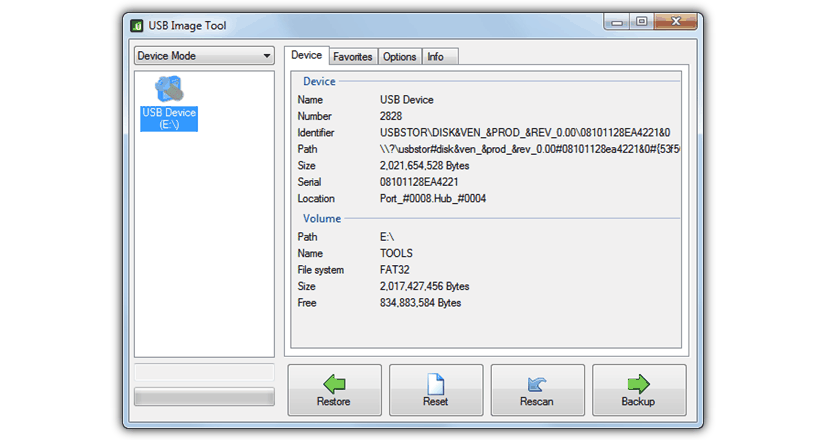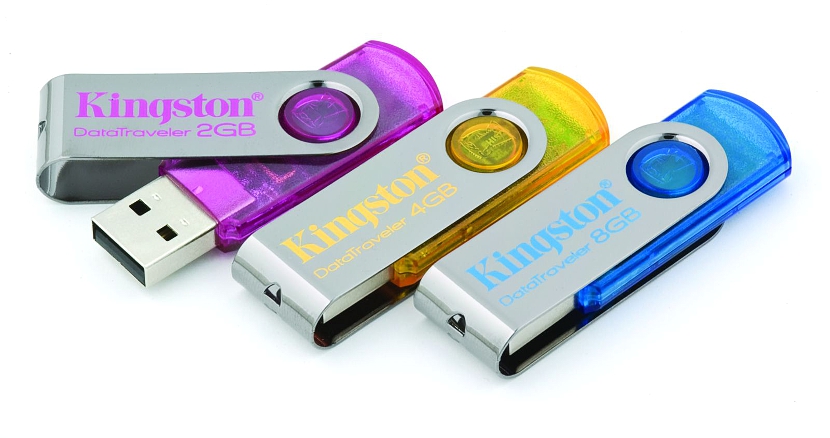
What happens when our USB flash drive has been filled with important information and we need it to store more files? Undeniably, someone could copy all the content of this USB flash drive to some space on the hard drive of your personal computer, because later you can use it to save any amount of extra information once you have formatted it.
Unfortunately this type of mechanism could cause important files that are kept hidden in a directory, they could get lost if we do not copy them properly. A good alternative is to try schoose the entire USB pendrive and transform it into a disk image, something very similar to what is generally done with important application program CD-ROMs. In this article we will mention a few free alternatives that you can use for this purpose.
This alternative is an application that you can use on a portable basis as it is not necessary, having to install it in Windows. The interface is friendly, that is, it doesn't involve any kind of strange function to get confused.
The only thing you need to do is insert the USB pendrive (or all the others you want in their respective ports of the computer) and later, run this application so that it recognizes them. The interesting thing is that you can choose one or several units to convert them into a single BIN image; of course you also have the opportunity to reverse the process, needing the same amount of USB flash drives if you managed to process several of them with this portable application.
Another interesting tool that you can use with a similar objective is precisely this; It is also a portable application and its interface is much simpler and simpler than what we mentioned with the previous alternative.
Here you will only find two tabs at the top, which will help you both to generate (create) the disk image from a USB stick as well as to restore it through a regressive process. There are many more differences with the previous alternative, because with this portable application you can only process one USB flash drive at a time, obtaining a file in IMG format that you can save on your personal computer.
- 3. RMPrepUSB
On a previous occasion we had mentioned the use of this portable application although, with a completely different objective than the one we are going to suggest for now. On this occasion, we came to teach how to know if a USB pendrive or a micro SD memory has bad sectors or has simply been Hacked by a "manufacturer" who has decided to show, a completely different size from the original. On this occasion we are going to mention that this same application has a similar feature to the theme that we are dealing with in this article.
The image that we have placed in the upper part will help us to explain this aspect; Right there you will be able to observe a small region highlighted in yellow and where the two functions that we will need to process a USB pendrive. The second option (Drive -> File) is the one that will help us convert the USB pendrive into a disk image, while the first option (the one with a reddish color) will help us to reverse the process, that is, to be able to recover this disk image to the USB pendrive.
This is also a portable application that will help us convert a USB flash drive to a disk image. The use of the tool differs a bit from what we mentioned in the previous alternatives, although the principle continues to be maintained according to what we have commented so far.
All you need to do is search for the USB pendrive with the option shown on the left side; Once you have found it, you will have to start processing it with the options shown to the right. There is one right there that will help you create the disk image (Backup) as a a security copy, while the other option (Restore) will help us reverse the process.
While it is true that each of these alternatives will help us to obtain a disk image in a format other than ISO, we must also consider that there are currently tools that we could use to convert to files we have created, to a format that is more comfortable for us to handle.
